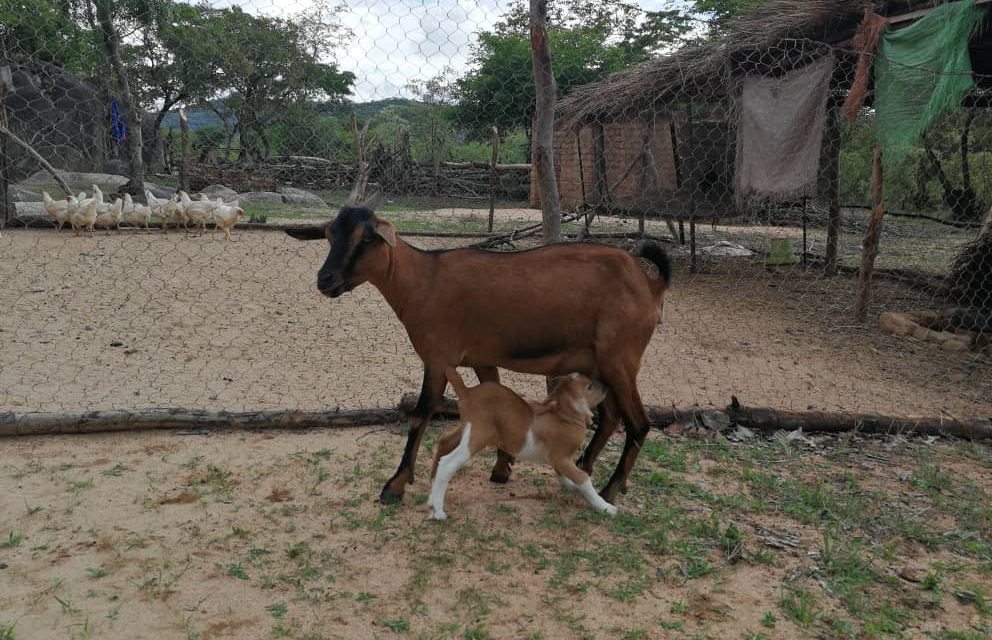Sixty-three livestock farmers from Uzumba have embarked on a goat breeding project, breeding the more favourable Kalahari Red goat breed which is celebrated for having more meat, better twinning effects and fetching better prices on local markets for goat meat.
The goat breed which was brought to the community by Caritas in partnership Cafod with support from the United Kingdom and the Zimbabwean government is expected to weigh at least 50kg after six months against the local breed which weighs 20kg at most.
Caritas and Cafod which are working together with the government through Agritex officers posted in the area have been assisting farmers with the cross-breeding process and empowering them on the know-how of managing the breed in the process.
Speaking to the ZBC NewsOnline crew, a farmer who benefited from the project, Memory Manyadze (32) from Chipfunde village said she was looking forward to having more of the breed as it was proving to be superior than the local breed.
“It has just been two weeks after I got this new breed and it is nothing like anything I have seen, these kids are already weighing more than the other kids at that age,” she said.
“I am looking forward to breeding more of this Kalahari Red breed as it will ensure my family’s security in terms of meat, if we are ever in need, we can always slaughter one and eat.”
Manyadze who has a total of 22 goats including four of the Kalahari Red breed looks forward to breeding more of the new breed which will fetch more money on the market as it can reach an estimated weight of 115 kg.
Agritex officer, Owen Saineti who has been working actively with farmers in the breeding process says, the new breed is a breakthrough for the communities as it is one of the best breeds.
“We have two bucks of the Kalahari Red breed which are coming from Chivhu services, 96 she-goats and so far we have 50 new pure breeds in the district. This breed grows faster and has more meat than our local breeds, there is no doubt they will fetch more money on the market.
“After six months, we will be having more bucks for our cross-breeding process as these kids would have grown,” said Saineti.
The project is part of the initiative to ensure food security and adaptability to climate change.






